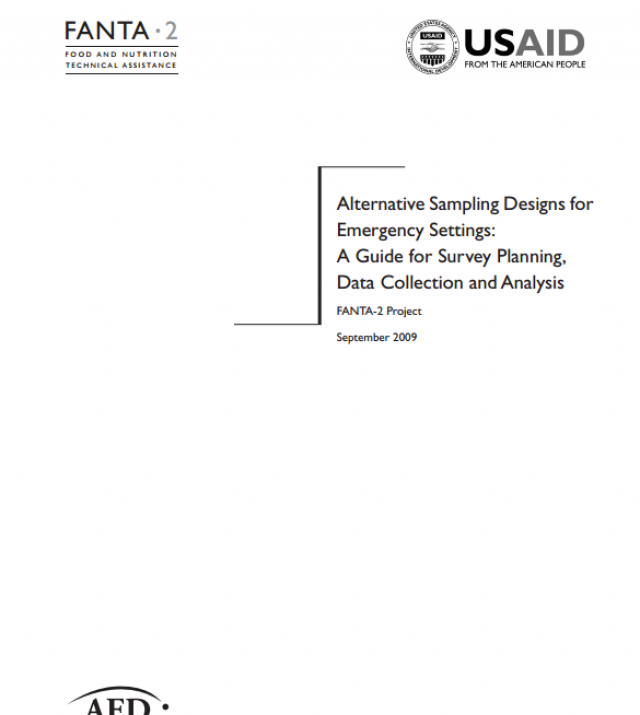
Surveying Justice: A Practical Guide to Household Surveys

Though household surveys have long been an established part of development practice and regularly used to gather data on poverty incidence and the range of associated indicators, they have not yet become a common tool of justice reform practitioners.
This guide aims to be a practical starting point for integrating justice work and household data collection, targeted both towards justice practitioners interested in survey design, as well as survey researchers interested in incorporating justice questions into their work. It provides guidance on designing a survey, suggested topics and questions, and ideas to facilitate a constructive engagement in discussions around justice in development practice.
Household survey data can be beneficial to understanding justice questions as household surveys ordinarily cover a large, randomly selected cross-section of people - including the rich and poor, urban and rural dwellers - capturing a population’s most common justice issues. Household survey questions commonly ask respondents about their most frequently experienced justice issues, issues when seeking redress, and knowledge and opinions of the law. Household surveys thus complement data collection techniques more familiar to justice practitioners (such as user surveys or sector assessments) that tend to focus on institutions of the justice sector and hence capture only the views of those who manage to access such institutions and privilege the perspectives of system incumbents.
Household surveys have their limitations – not least significant cost, time and complexity implications. In addition, the standardized nature of surveys limits the type of information that can be gleaned and hence household surveys are generally most useful for gaining a picture of the “what” when it comes to justice issues, with complementary research methods often needed to properly understand the “why.” Nevertheless, surveys can represent a useful starting point for engagement in a particular context, providing a snap shot of the justice landscape from which more detailed qualitative and quantitative studies can be undertaken.

